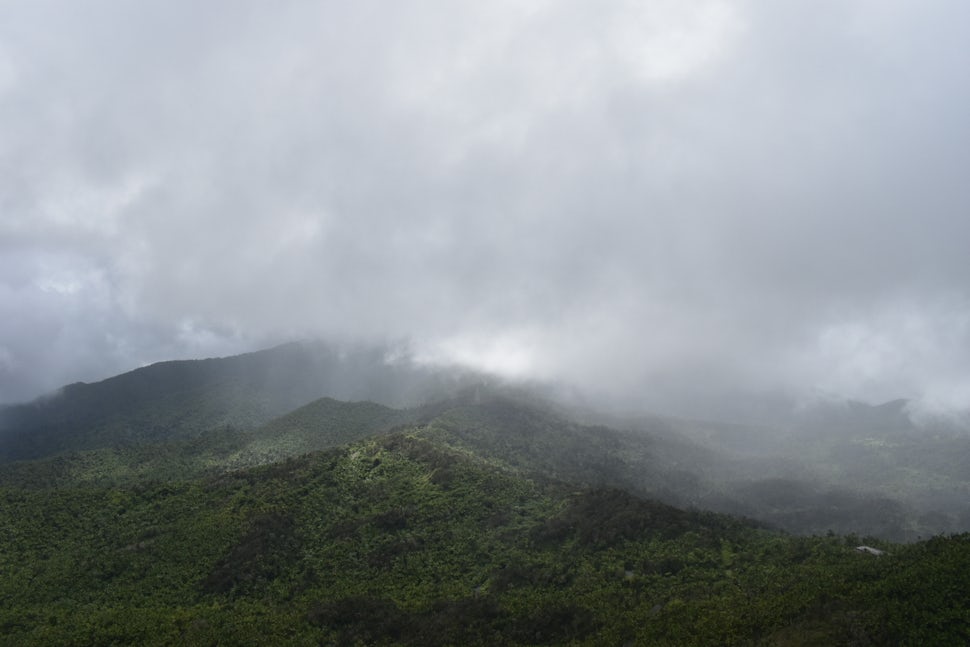How El Yunque National Forest is still recovering from Hurricane Maria
Rebuilding and conservation efforts in El Yunque National Forest, Puerto Rico

We made our way up the winding road of El Yunque National Forest, captivating us at each turn. El Yunque National Forest is located on the Eastern side of Puerto Rico. It is the only tropical rainforest in the United States National Forest System and is home to a variety of flora and fauna.
What makes El Yunque National Forest unique is that it contains endemic species. Endemic plants or animals are only found in specific or isolated ecosystems. The iconic endemic species of El Yunque is the Puerto Rican Parrot with its vibrant green feathers and white markings around the eyes. It thrived in population before continued colonization of the island but then quickly began to decrease in numbers. It wasn't until 1967 that the Puerto Rican Parrot was put on the Endangered Species List when numbers had reduced to approximately 50 remaining. In 1975, only 13 were known to exist. The Puerto Rican Parrot requires large hollow trees for nesting and many of these trees have been cut down or destroyed in hurricanes.
Hurricanes are natural processes, however more intense storms due to climate change combined with human encroachment the Native Puerto Rican Parrot has experienced hardships in maintaining a healthy population. It was noted that 56 parrots were believed to call El Yunque National Forest home before Hurricane Maria. After the hurricane ecologists and biologists searched for remaining survivors but were only able to count a couple of dozen.
Conservation efforts were established in the 1960s when numbers had drastically decreased however, it is and has been an ongoing struggle to protect the native wild population.
Photos of our trip to El Yunque National Forest below:

We want to acknowledge and thank the past, present, and future generations of all Native Nations and Indigenous Peoples whose ancestral lands we travel, explore, and play on. Always practice Leave No Trace ethics on your adventures and follow local regulations. Please explore responsibly!
Do you love the outdoors?
Yep, us too. That's why we send you the best local adventures, stories, and expert advice, right to your inbox.















